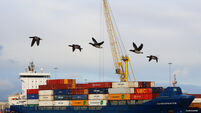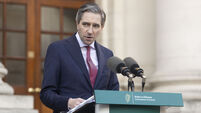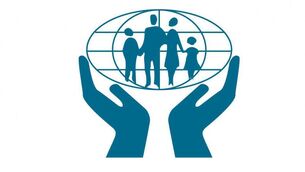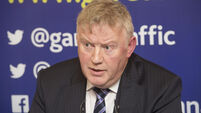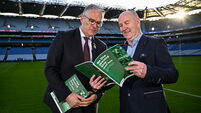Eoghan O'Mara Walsh: Aviation is key to recovery of tourism
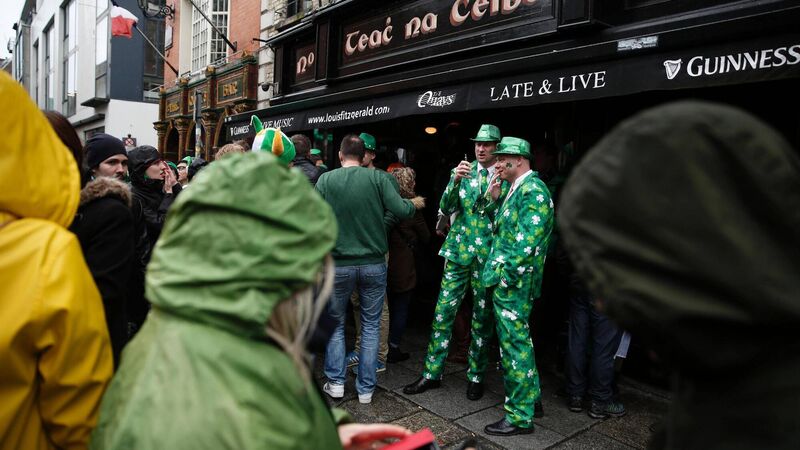
St Patrick's Day normally signals the start of Ireland's tourism season, and the Dublin festival attracts thousands of US tourists — such as these visitors having fun in Temple Bar in 2017 — but Covid brought all that to a halt. Picture: Adrian Dennis/AFP/Getty Images
Is that an American accent you have heard recently? Well, it might just be, as US tourists have once again been free to enjoy the Irish tourism experience ever since the non-essential travel ban was lifted in mid-July.
However, regrettably, the volume of US visitors is only at a fraction of what it was in pre-pandemic times. Back in 2019 — in those halcyon bygone times when nobody had heard of a place called Wuhan — North American visitors spent a whopping €1.8bn while in Ireland on holiday.








